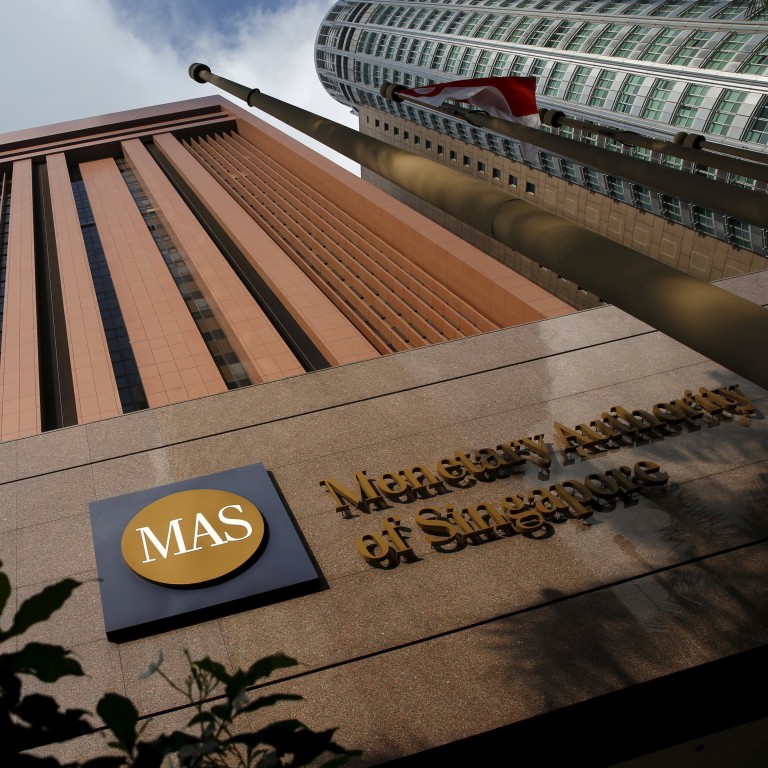
Singapore’s Project Guardian tests asset tokenisation and decentralised finance as crypto players leave city
- The collaboration between the Monetary Authority of Singapore and the finance industry tests DeFi applications while managing risks to financial stability
- The project’s first pilot, led by DBS, JPMorgan Chase and Marketnode, involves the creation of a permissioned liquidity pool with tokenised bonds and deposits
Singapore has begun a project to investigate potential uses of asset tokenisation as the city state looks to establish itself as a hub for decentralised finance after several key crypto players left.
“Project Guardian”, a collaboration between the Monetary Authority of Singapore and the finance industry, will test the feasibility of applications in asset tokenisation and decentralised finance (DeFi) while working to manage risks to financial stability and integrity, according to a statement from Deputy Prime Minister Heng Swee Keat on Tuesday.
New rules needed for DeFi lending risks, says crypto exchange Gemini
The MAS was relatively early among regulators to look at uses of blockchain technology, and Singapore set up a licensing regime a few years ago. However, applicants have been frustrated by the slowness of approvals, and a crypto advertising ban caught the industry off guard.
Crypto players have been enticed particularly to Dubai, where the government is actively wooing companies in the space, with Bybit Fintech Ltd moving its headquarters there from Singapore. Three Arrows also switched to that location and crypto exchange Binance Holdings Ltd shifted many of its operations from Singapore.
“Through practical experimentation with the financial industry and the broader ecosystem, we seek to sharpen our understanding in this rapidly transforming digital assets ecosystem,” said Sopnendu Mohanty, chief fintech officer at the MAS. “The learnings from Project Guardian will serve to inform policy markets on the regulatory guardrails that are needed to harness the benefits of DeFi, while mitigating its risks.”

